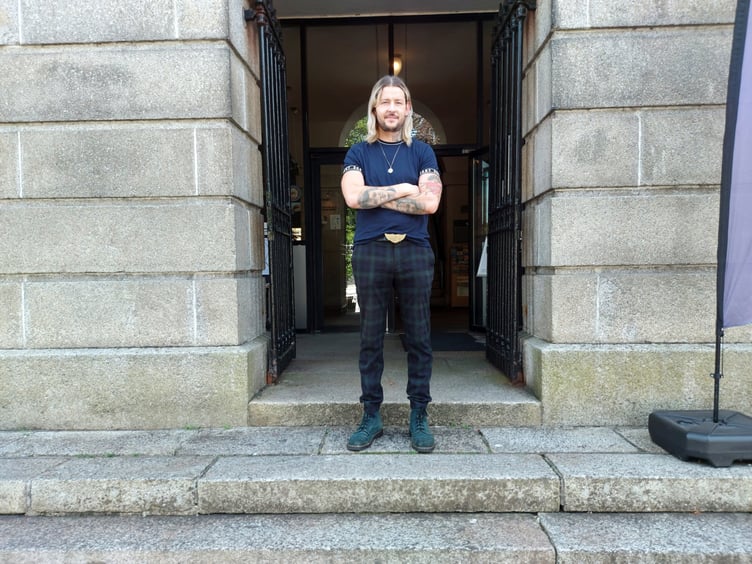Standing as the focal point for town life, the story of the Shire Hall aligns closely with that of the fortunes of Bodmin.
Until 1988, Bodmin was the county town of Cornwall; a prestige which came with the construction of the Shire Hall as the centre for justice.
Built on a site which had previously been occupied by the medieval Franciscan friary of St Nicholas, Shire Hall was designed in a neo-classical style by Henry Burt, of Launceston, a town which since 1201 had been home to the county assizes.
Its arrival in 1838, after a near-two-year construction period, preceded several developments that had cemented Bodmin’s significance as a place of importance within Cornwall.
In 1779, it saw the arrival of Bodmin Jail, closely followed by St Lawrences Asylum in 1818 and the first of what would become three railway stations bearing the name of the town in 1834, at Bodmin North.
Within Shire Hall was two courts. The crown court, in what is now known as ‘court two’, was the court where the more serious of crimes were judged, while in what is now ‘court one’, it was home to the nisi prius court prior to the abolition of assizes in 1971.
Judges on the local circuit would visit Shire Hall every three months, with criminals held in remand at Bodmin Jail until their arrival.
Upon arrival at the court, they would be held in very tight cells in the basement of the building, sometimes for up to ten hours while they await their moment in front of the judge.
The original cells remain extant to this day, almost identical to as they were upon being constructed, with their usage partly superseded in the 1920s with the construction of a more modern jail block to the rear of the building. In August 1963, it was the venue for the trial and conviction of two of the last people to be executed in the UK, namely Dennis Whitty and Russell Pascoe, who were exterminated for the murder of a Cornish farmer, William Garfield Rowe.
Shire Hall would remain the last ember of the prestige brought to Bodmin in 1988, when the need for a more modern building plus the increasing centralisation of public services in Truro saw the crown court move to a complex on Edward street in Truro.
It had outlasted both the jail and railway which it had joined in coming to Bodmin, with Bodmin Jail closing in 1927 and the railway closing in 1967.
After its final closure in September 1988, the Shire Hall lain mostly moribund for much of the next decade, with a stint as a meadery adding a new angle to the phrase ‘as sober as a judge’.
In 1994, it was purchased by Bodmin Town Council, with the aim of saving the historic building for the townsfolk. It was refurbished with financial support from the now-defunct North Cornwall District Council (NCDC), the heritage lottery fund and English Heritage, to both create spaces for the community while keeping heritage elements in place, and recreate the Charlotte Dymond murder trial as an attraction.
In more recent years, it has become the home of Bodmin Town Council’s team of officers, who have worked to enable access to some of the building by the public as well as celebrating its history and carefully looking after the age-old building.
If the rise of Bodmin was symbolised by the arrival of the court, and the struggles endured by the town aligned with the years where the court was closed, it is perhaps telling that in the story of Bodmin, as the town has begun to rise from the ember again, so should the building that once brought it such prestige.




Comments
This article has no comments yet. Be the first to leave a comment.